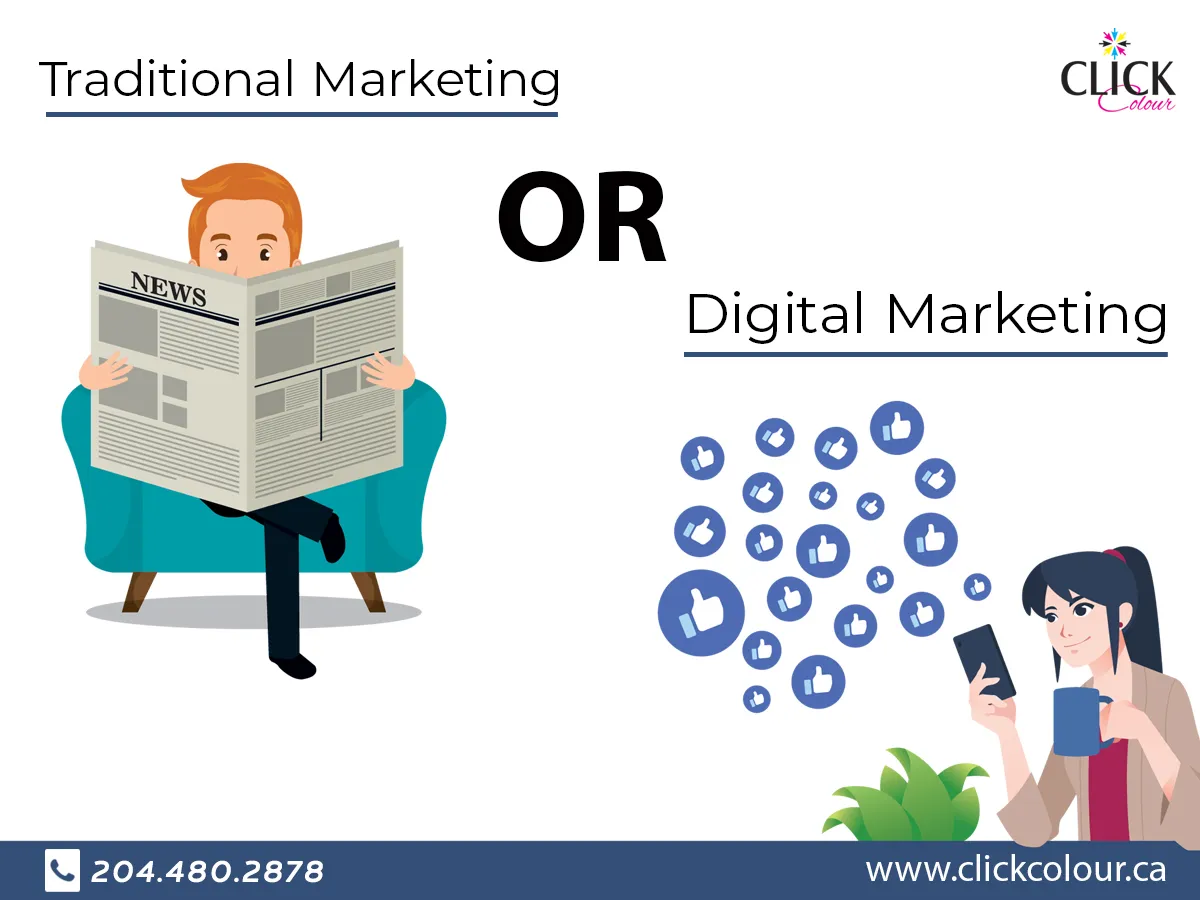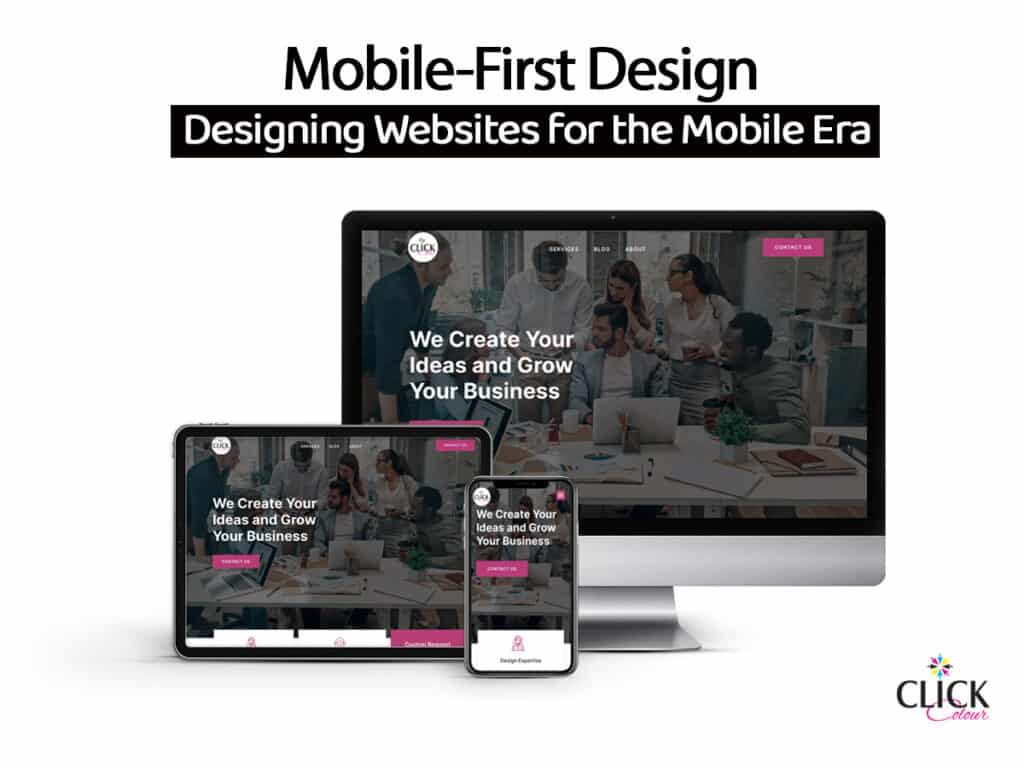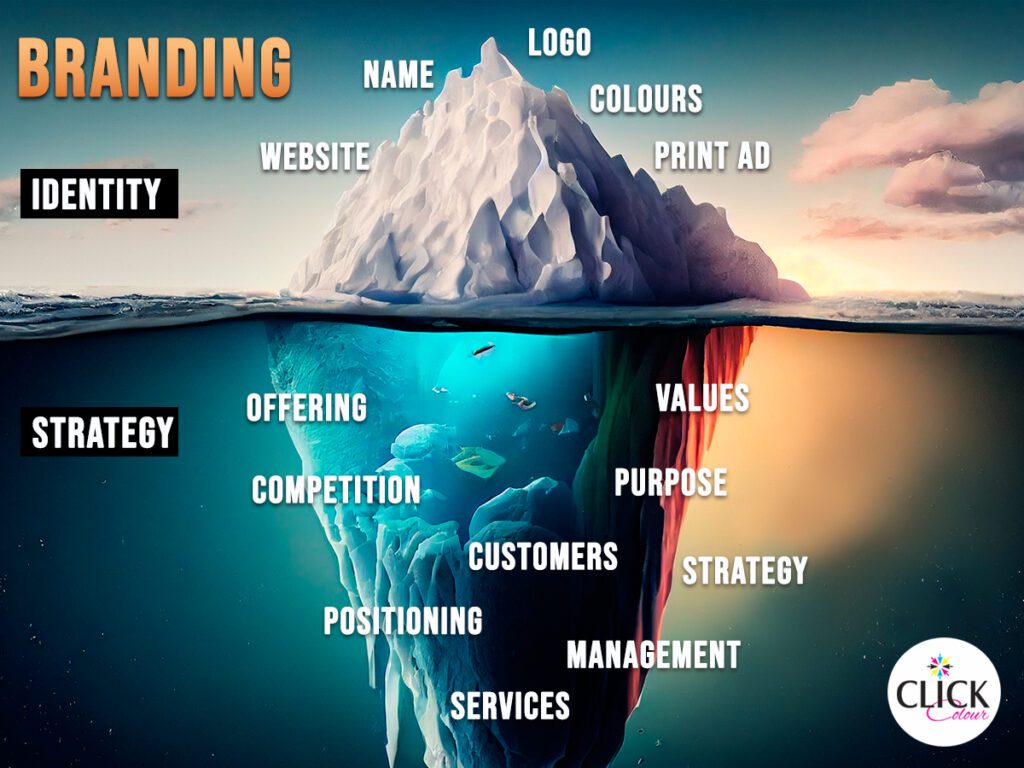Digital marketing and traditional marketing are two distinct approaches to promoting products or services, each utilizing different channels and strategies. Here are some key differences between the two:
- Channels: Traditional marketing primarily utilizes offline channels such as print media (newspapers, magazines), television, radio, billboards, direct mail, and telemarketing. On the other hand, digital marketing leverages online channels, including websites, search engines, social media platforms, email, mobile apps, and online advertising networks.
- Reach and Targeting: Traditional marketing often has a broader reach, targeting a wider audience, but with less precise targeting capabilities. Digital marketing allows for more targeted and precise audience segmentation based on demographics, interests, behavior, and location. This enables businesses to reach specific audiences and personalize marketing messages accordingly.
- Cost: Traditional marketing methods can be costlier compared to digital marketing. Printing materials, airing commercials, or renting physical advertising spaces can involve significant expenses. Digital marketing, however, offers a variety of cost-effective options, especially for small businesses with limited budgets. Advertising costs can be flexible, with options such as pay-per-click (PPC) advertising or social media ads that can be tailored to the budget and objectives.
- Interactivity and Engagement: Digital marketing provides more opportunities for interactivity and engagement with the audience. Users can actively participate in online discussions, comment on social media posts, share content, and provide immediate feedback. Traditional marketing tends to be more passive, with limited opportunities for immediate two-way communication.
- Measurement and Analytics: Digital marketing offers robust measurement and analytics tools to track and analyze campaign performance in real-time. Marketers can monitor metrics such as website traffic, conversions, click-through rates, engagement rates, and customer behavior, allowing for data-driven decision-making and campaign optimization. Traditional marketing methods often lack the same level of detailed and real-time analytics.
- Flexibility and Agility: Digital marketing campaigns can be easily adjusted, optimized, or scaled based on the performance and feedback received. Changes to creative elements, targeting, or ad spend can be made quickly. Traditional marketing campaigns generally require more planning and lead time to implement changes or adjustments.
- Global Reach: Digital marketing provides the opportunity to reach a global audience without physical limitations. With online platforms and tools, businesses can expand their reach beyond their local or regional boundaries. Traditional marketing, in contrast, is often limited to specific geographic regions or target markets.
It’s important to note that both digital marketing and traditional marketing can complement each other in an integrated marketing strategy. The choice between the two approaches depends on factors such as the target audience, marketing goals, budget, and industry-specific considerations. Many businesses opt for a mix of both digital and traditional marketing methods to maximize their reach and effectiveness.





